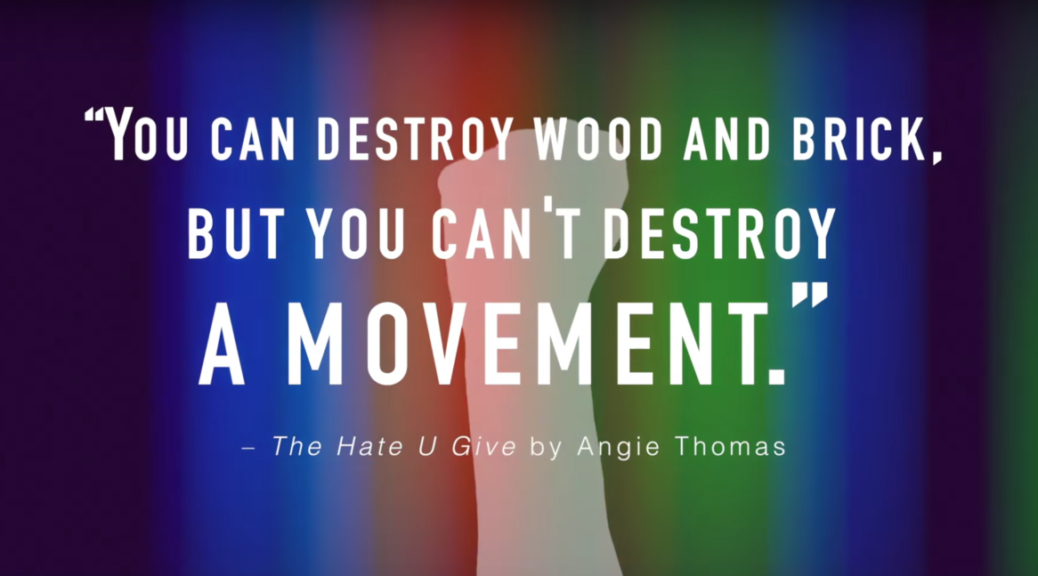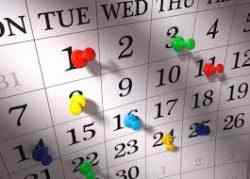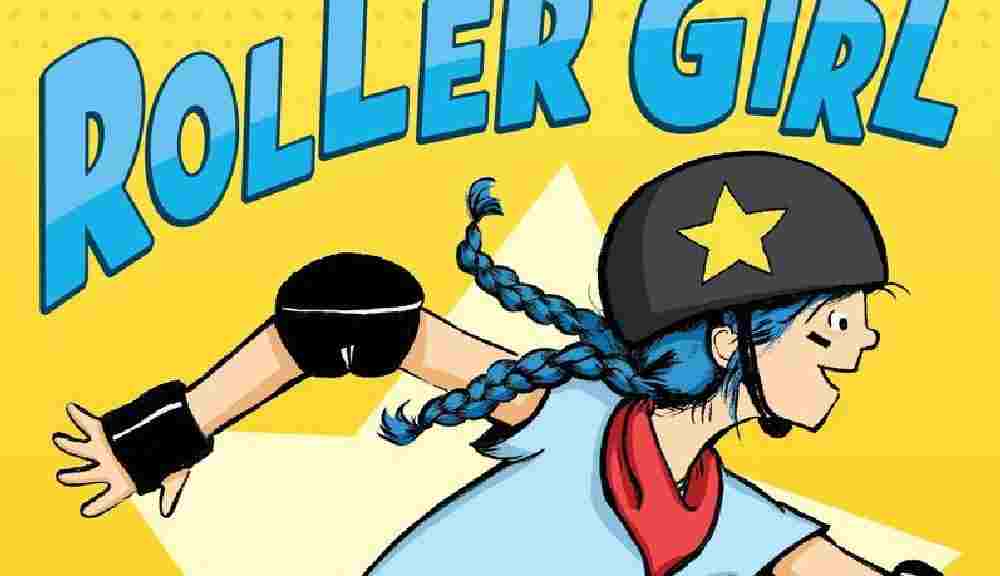
Lindsey Lundberg: Blog 7
After reading chapter 5, I think it solidifies how important it is for us teachers to really have a wide range of books we’ve read so we know what to recommend to our students. I like how series books can get students hooked. I think having different genres of series books could be really beneficial in the classroom. Once a student finds a series that resonates with them, they’ll want to continue reading it until the series is complete. It’s all about getting students hooked on books. As teachers, we’re suppose to spread the magic of reading. I personally love thrillers. I’m not good with other genres, because they usually start off too slow for me. I have to get hooked onto a book at chapter one or the book gets put away. I’m hoping I can acquire a classroom library that has books that’ll hook my students right off the bat. That way they don’t have to wait til chapter eight to finally start liking a book. They’ll just be able to pick a book off the shelf and instantly dive into it.
While reading Reading in the Wild, it has sparked ideas on how I can help manage my students reading levels and goals they’ve made for themselves. I’ve noticed some of the pictures in the book are students reading logs. When I was in elementary school, I didn’t like reading logs. I didn’t like reading in general, because I was always told I was a bad reader. Having to log my time in a reading log, was like another step added onto what I already didn’t like to do. I’ve been playing with the idea of creating bookmarks for students that will have areas for them to write what their favorite books are, books they didn’t like, genre’s they’re into, genre’s they’re not into, and genres they haven’t explored yet. While you can easily do this in a reading log, I like the idea of having it be a bookmark. I think it seems less intimidating being a bookmark. Students can easily look at other students bookmarks and make book recommendations based off what a student has on his or her bookmark.
In The Hate U Give, Starr is a sixteen year old girl who lives in “the ghetto” while attending a private school that’s composed of mostly white students. Starr kind of struggles with knowing where she fits in. She lives in an area that has drive by shootings, but doesn’t fit in with the people around there. They all act like Starr thinks she’s better than them just because she goes to the private school. Starr doesn’t think she’s better than them. People in Garden Heights give Starr a hard time because she hangs out with white people. Starr’s friend Khalil gets shot by a white cop right in front of Starr. This sparks a whole new perspective for Starr as she continues to find her way in the mix of living in two different worlds.



